Affiliate links on Android Authority may earn us a commission. Learn more.
The biggest, most embarrassing mobile tech blunders of 2017
Published onDecember 31, 2017
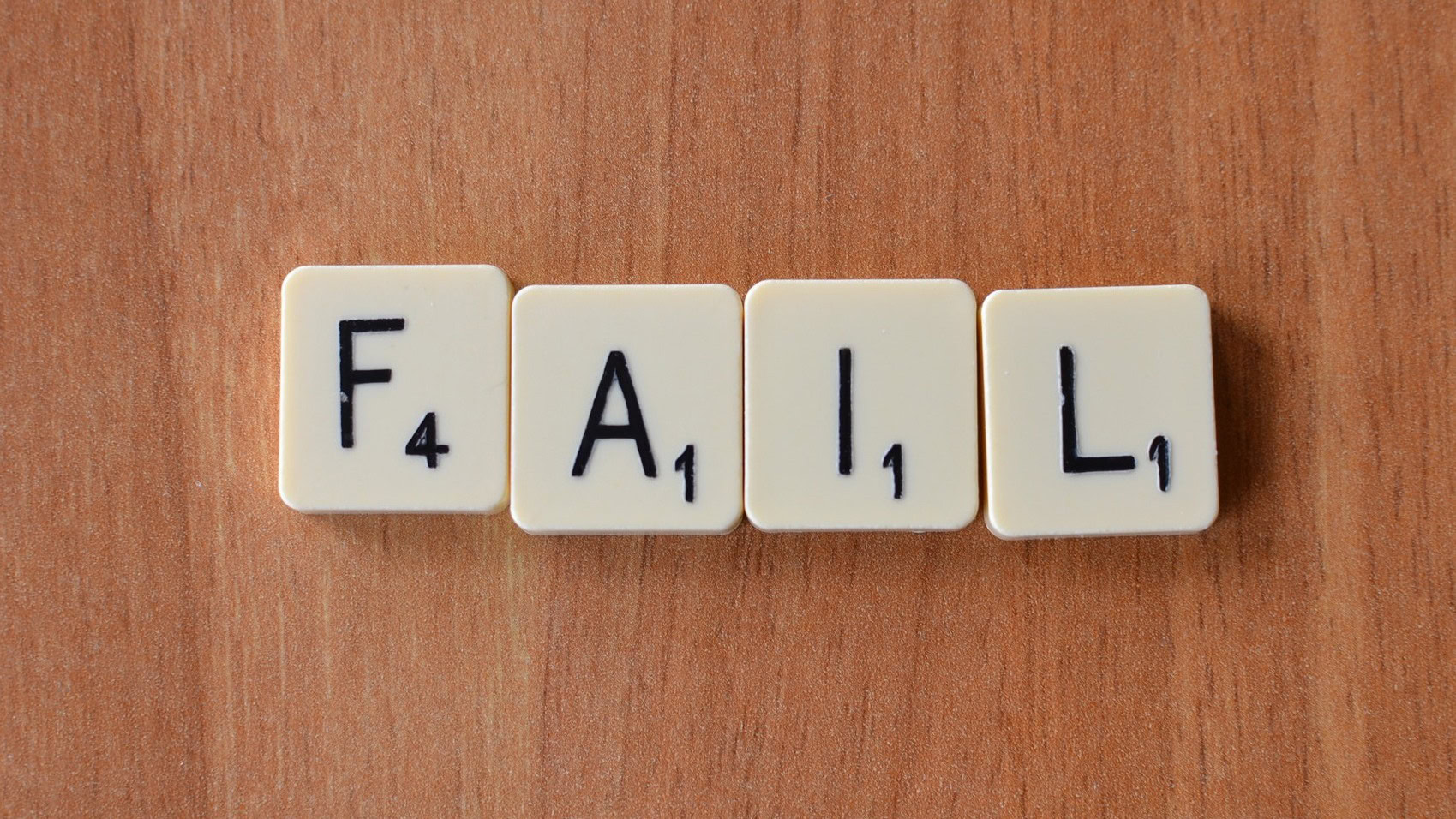
It’s the last day of 2017, CES is around the corner, and we’re all looking forward to a new year filled with innovation, great new devices, and technological breakthroughs. At least that’s what manufacturers promise.
In the spirit of the new year, let’s give manufacturers the benefit of the doubt, and take their promises at face value. But before we do that, let’s look back at the low points of the mobile tech industry in 2017. You know, just so we don’t get too excited.
Failed products, horrible decisions, baffling mistakes: these are the biggest mobile tech failures of 2017.
When Apple confirmed those old conspiracy theories
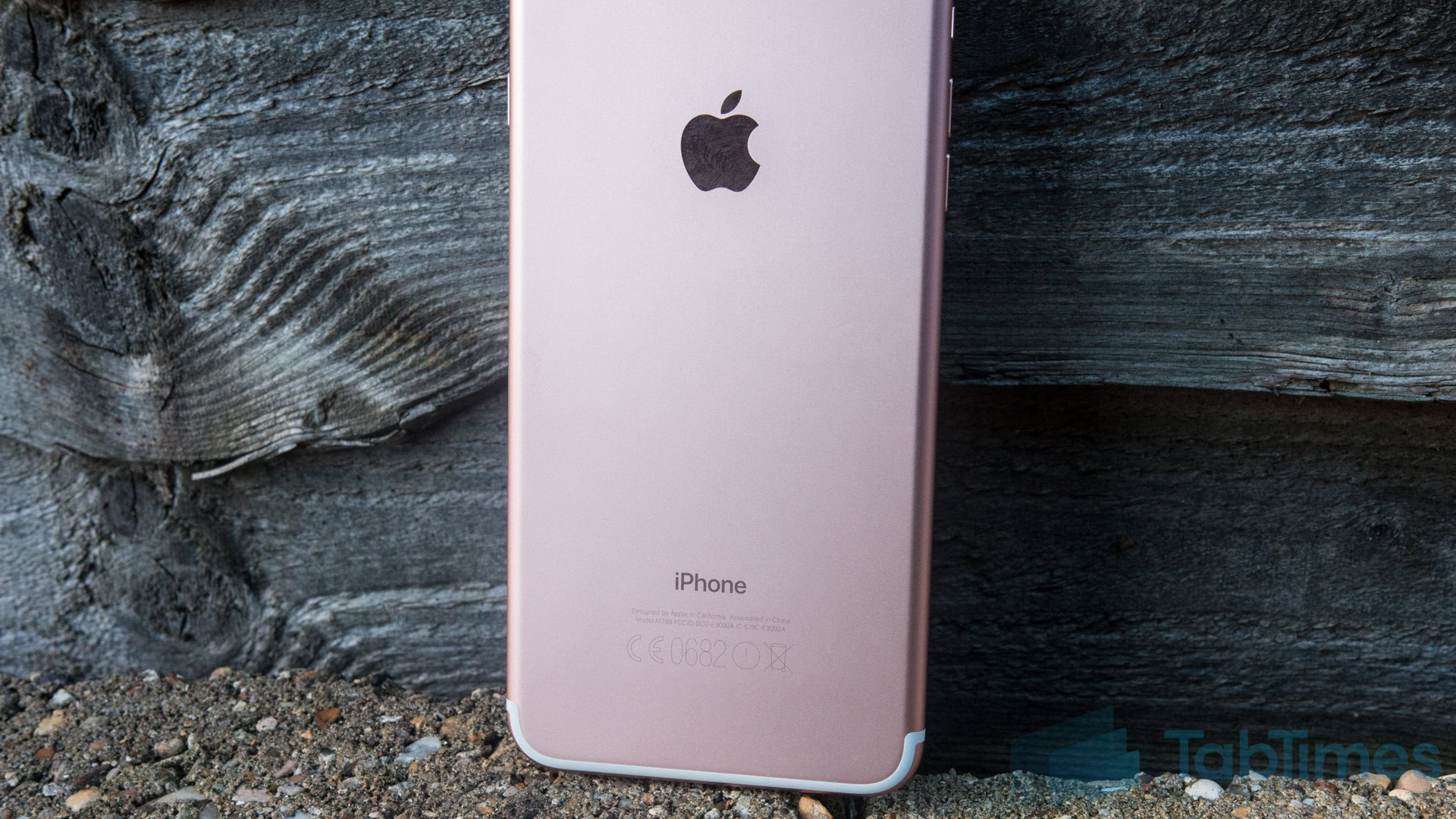
In the “Have You Ever Heard Of Planned Obsolescence?” category, Apple had to apologize for intentionally slowing down iPhones as their batteries degraded over time. This fed right into long-running conspiracy theories that claimed Apple was intentionally making its older products worse in order to force customers to buy new ones.
But just because you’re paranoid, doesn’t mean they aren’t after you… at least some of the times. #Slowdowngate (can’t end the year without a #gate!) gave Apple a huge black eye. Lawsuits are being filed as you’re reading this. Media’s having a field day. It’s a mess.
When Google found out that hardware is, well, hard
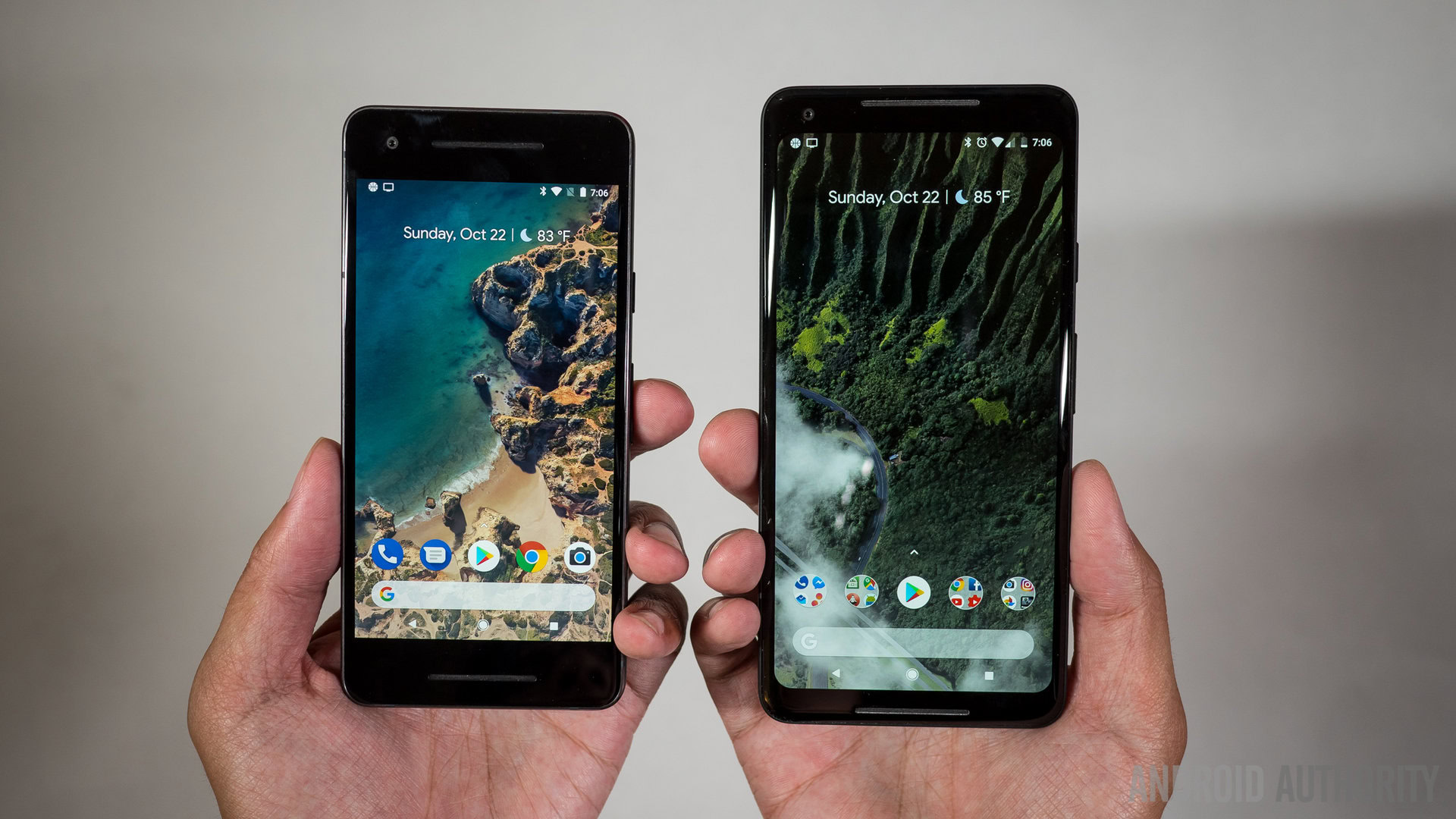
In the “Turns Out Making Good Phones Is Harder Than It Seems” category, Google got a lesson in humility when the Pixel 2 XL hit the market amid a storm of bad press. Among the many problems: a subpar display, a litany of hardware issues, and bizarre supply chain failures (yes, they shipped phones without the OS).
The Pixel 2 XL isn’t just any phone. It’s a $800 flagship that’s supposed to showcase Android at its finest and to prove that Google is actually serious about hardware (I have my doubts about that). During the Pixel 2 XL launch on October 4, Google’s Rich Osterloh dismissed hardware as “table stakes.” That might be true, but the Pixel 2 XL shows Google still has a ways to go to mastering it.
When LeEco went LeBust
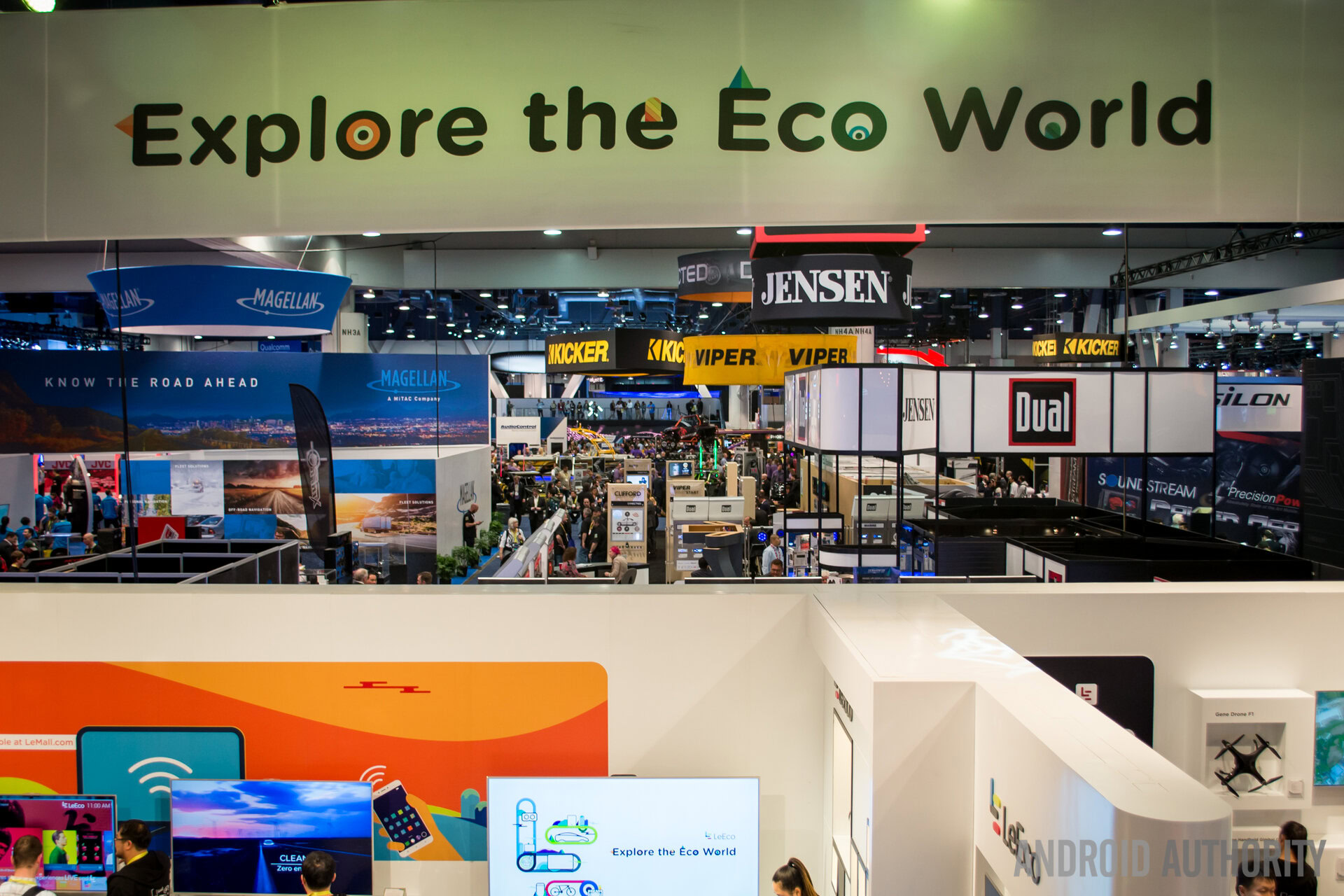
In the “Pardon LeBad Puns” category, LeEco found out quickly that you can’t buy your seat at the table when it comes to success in the mobile industry. Backed by Chinese billionaire Jia Yueting, LeEco launched in the US with great fanfare in late 2016. For a while, it seemed that LeEco would become the next big mobile disruptor. Then it all went downhill.
By mid-2017, LeEco had laid off most of its global staff, sold off its headquarters, backed out of the Vizio deal, and abandoned its many ventures, from smartphones, to VR, and even electric cars. As of December 2017, LeEco is all but dead, and Jia Yueting’s assets are frozen over hundreds of millions in unpaid debt.
When Andy Rubin got a taste of his own medicine
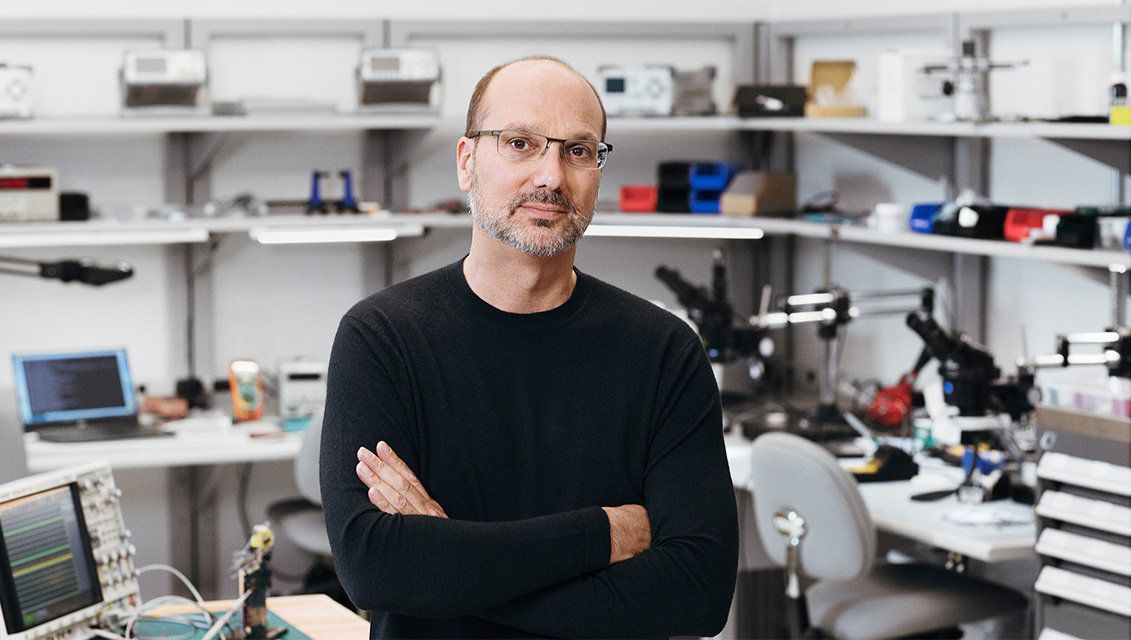
In the “Isn’t It Ironic” category, Andy Rubin got to experience life at the bottom of the Android pyramid, which he personally architected over a decade ago. While Android turned out to be extremely lucrative for Google, it’s a different story for the dozens of small players at the bottom. And that’s exactly where Rubin’s Essential started, despite the $300 million in venture funding that the company secured.
The Essential Phone was plagued by poor reviews, repeated delays, and a subpar camera performance. It also got some things right, like the fresh design and openness towards to users. But that wasn’t enough, and sales were dismal – just 50,000 units according to some estimates. It’s a hard life for small Android manufacturers, even when your founder literally created Android.
When BLU got caught red handed (again)
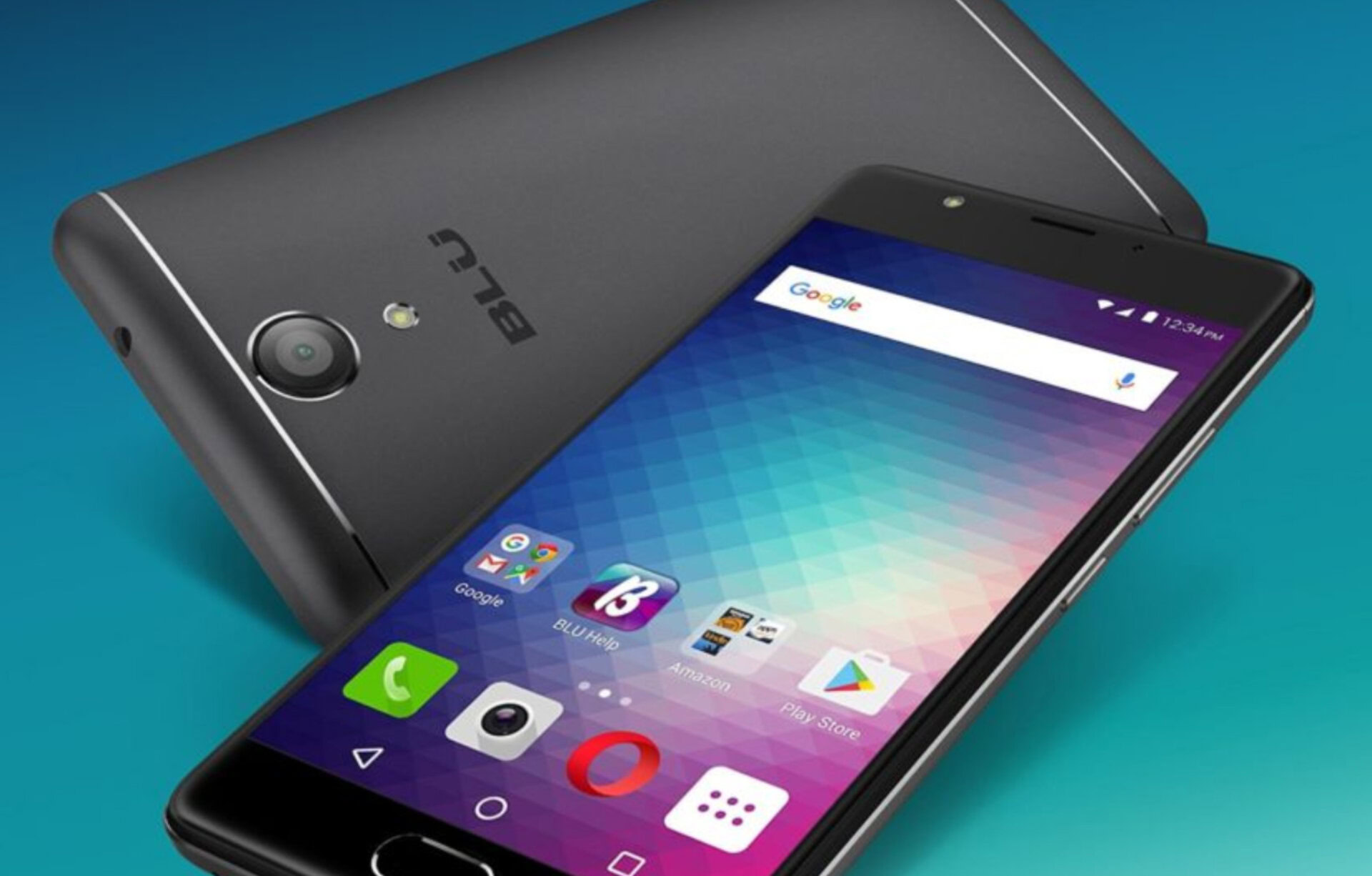
In the “Déjà Vu All Over Again” category, devices from budget phone maker BLU were found to send data to servers in China and suspended from sale from Amazon. Amazon reinstated BLU products after several weeks, but BLU was removed from Amazon’s Prime Exclusive program.
Getting busted with spyware on your products is bad enough. Getting busted twice within twelve months, now, that’s a major blunder. In fact, BLU made our 2016 Worst BLUnders roundup for the exact same reason. Let’s just hope this isn’t a trend.
When Samsung struggled with AI
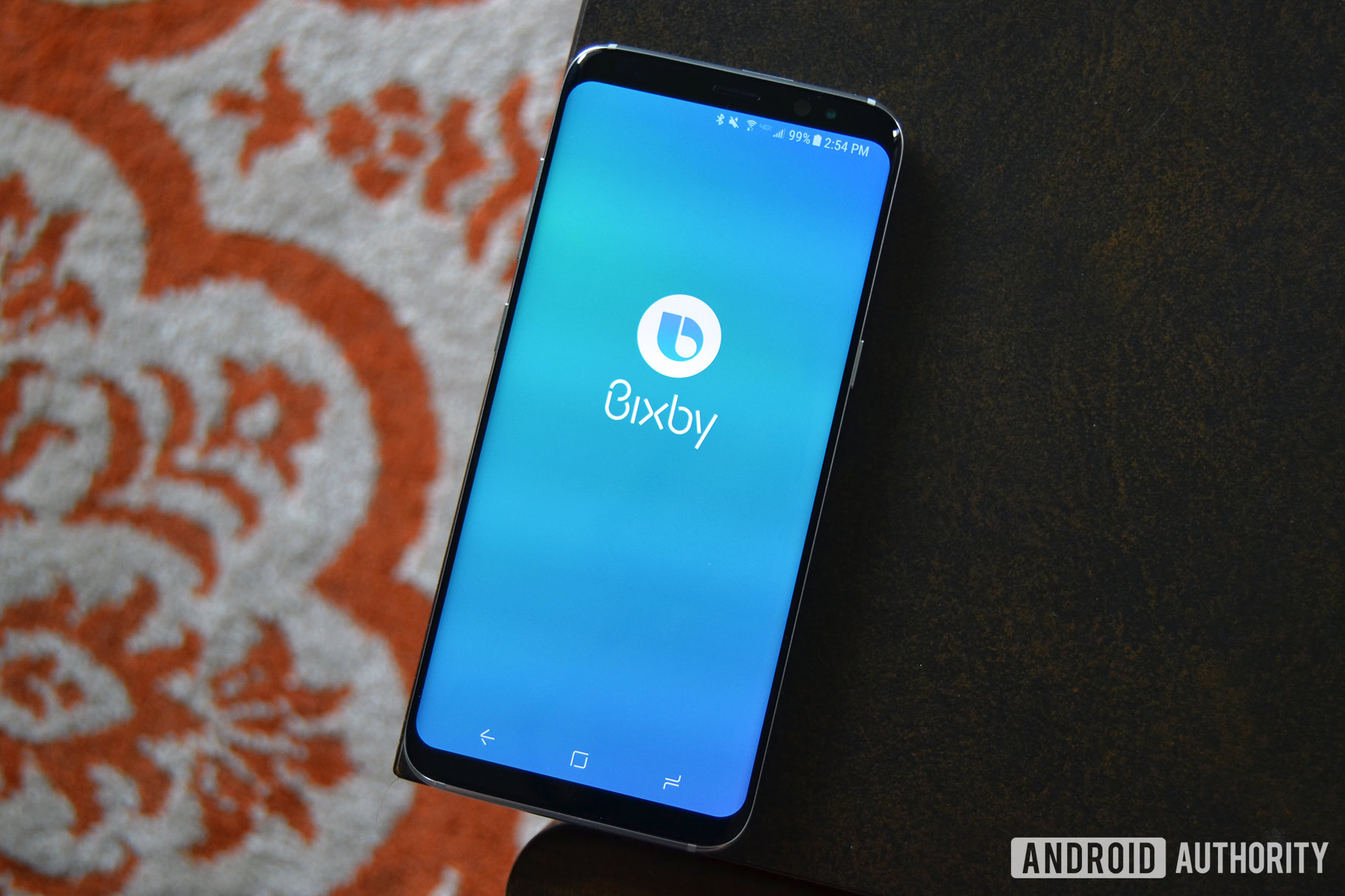
In the “Artificial Incompetence Intelligence” category, Samsung found out that, when it comes to AI, you can’t really fake it until you make it. Despite its massive technological prowess, the Korean giant found itself unprepared to take on Google, Amazon, or even Apple when it comes to developing AI-based intelligent assistants.
Samsung’s Bixby arrived with the Galaxy S8, but it was clear from the beginning that Google Assistant and Alexa are miles ahead. Not much has changed since then. Worse, Samsung insisted on a dedicated hardware button for the half-baked Bixby, and that went just as well as you would expect.
When Google Killed Tango
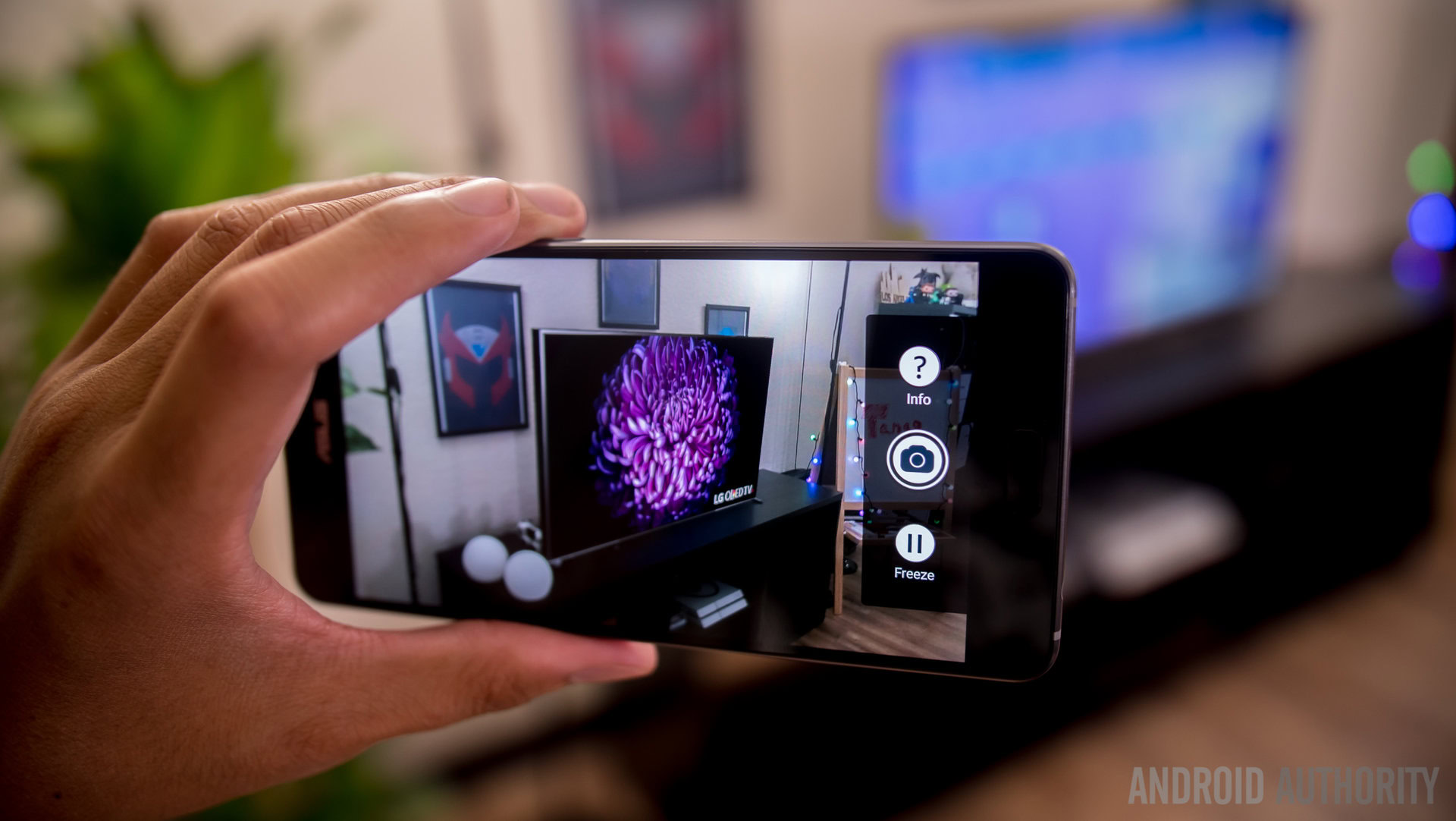
In the “Takes More Than Two To Tango” category, Google pulled the plug on Project Tango after just two devices. It was the sad end of one of the more promising projects to come out of Google’s labs and another reminder that you can’t expect consistency from Google when it comes to hardware.
The most frustrating part? Tango was killed off just as AR applications were beginning to finally break into the mainstream. On the flip side, the software-based ARCore builds on the legacy of Tango and the lessons Google learned from Tango will probably be useful for future AR devices. Still, that’s no consolation for the users who bought Tango devices or the developers that invested their time in the platform.
When Snap was just a little too confident
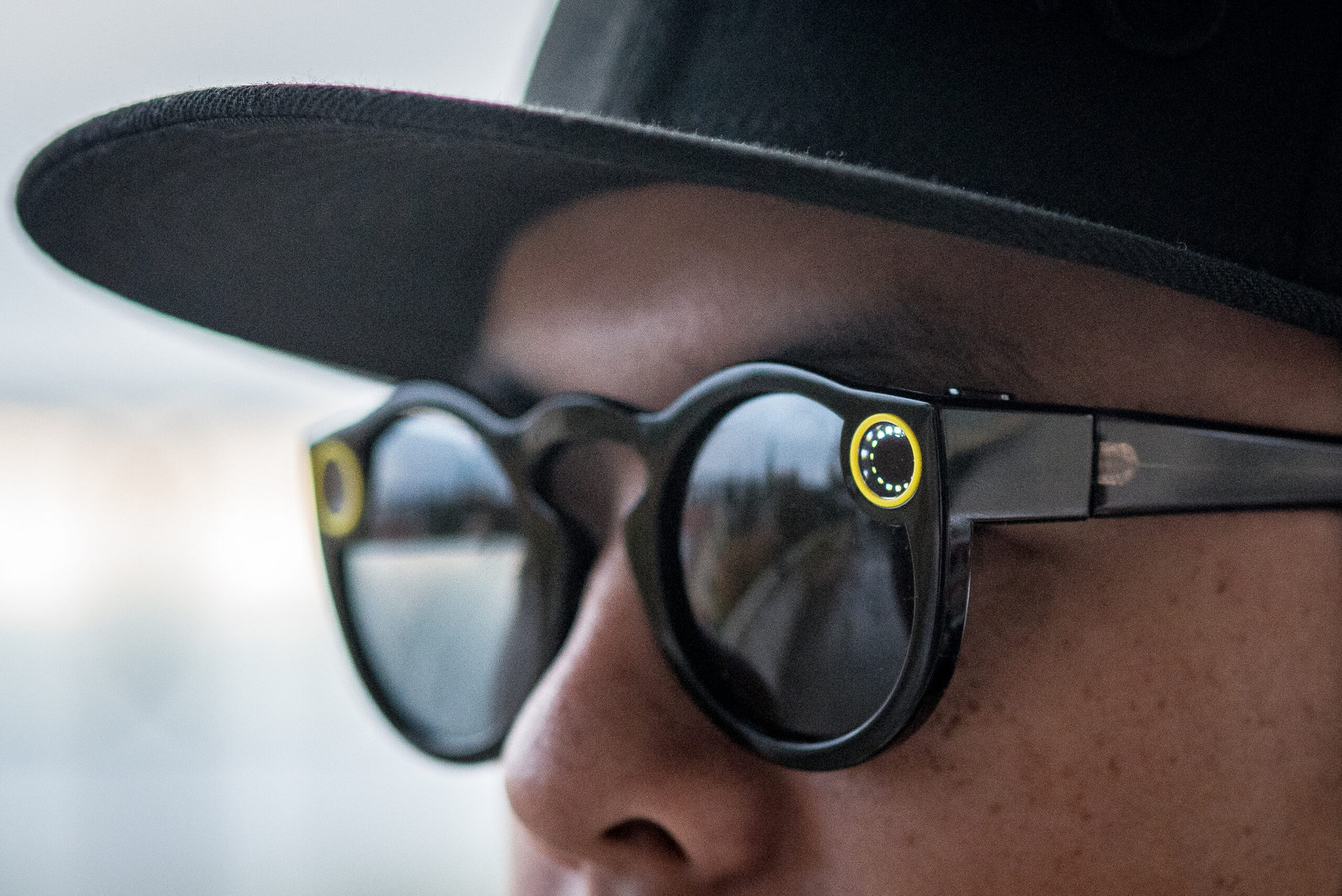
In the “Who Doesn’t Want Camera Glasses?” category, Snap massively over-estimated demand for its Spectacle camera glasses. The company started selling the Spectacles through vending machines placed in select locations from around the world. The hype this stunt created encouraged Snap to go all-in on the concept, but just a few months later, the company admitted that people were just not interested in buying the product.
Eventually, Spectacles cost Snap $40 million, the equivalent of over 300,000 units of unsold inventory. And this wasn’t even Snap’s biggest problem in 2017 – stock plummeted, user adoption of Snapchat slowed down dramatically, and Snap admitted it was a huge mistake to treat Android as a second class citizen.
When Ajit Pai killed Net Neutrality
In the special “This Video Needs No Commentary” category, we give you FCC chairman Ajit Pai, mocking net neutrality supporters and somehow managing to miss the whole damn point about net neutrality. But the real point is the interests of corporations trump the interest of the public, right, Mr. Pai?
What’s the biggest mistake mobile tech companies made this year?
This post was first published on Dgit.com.